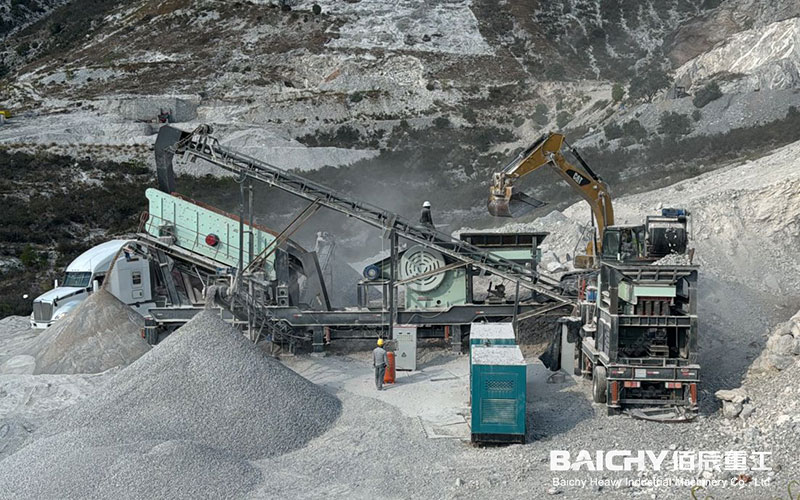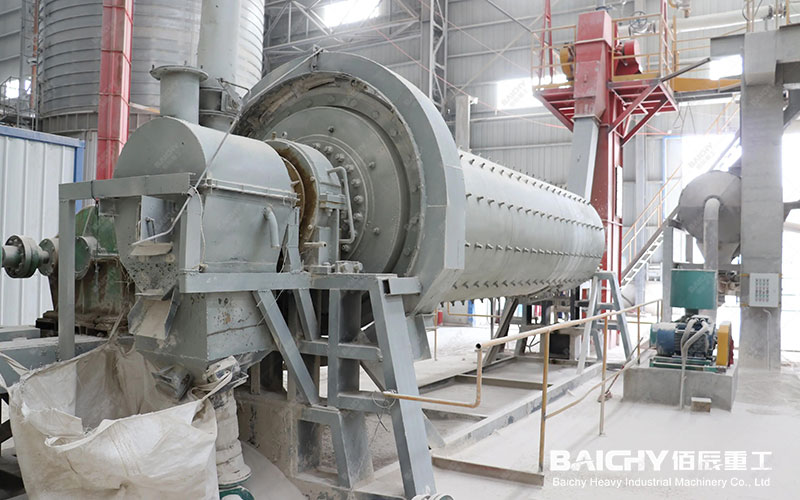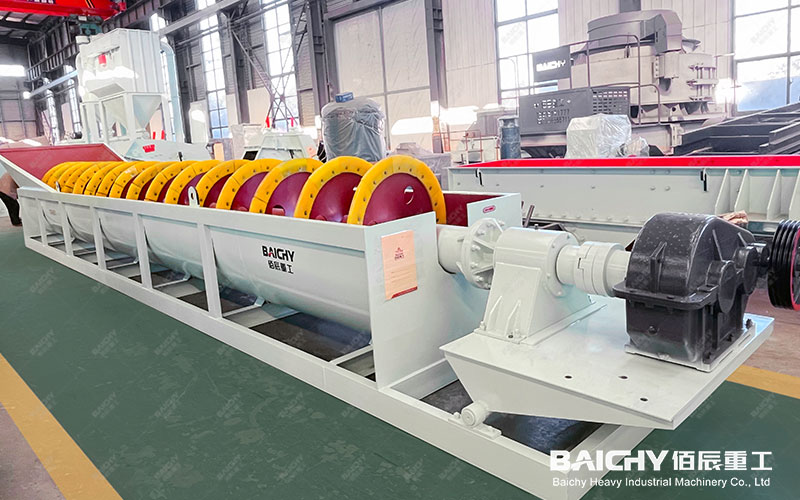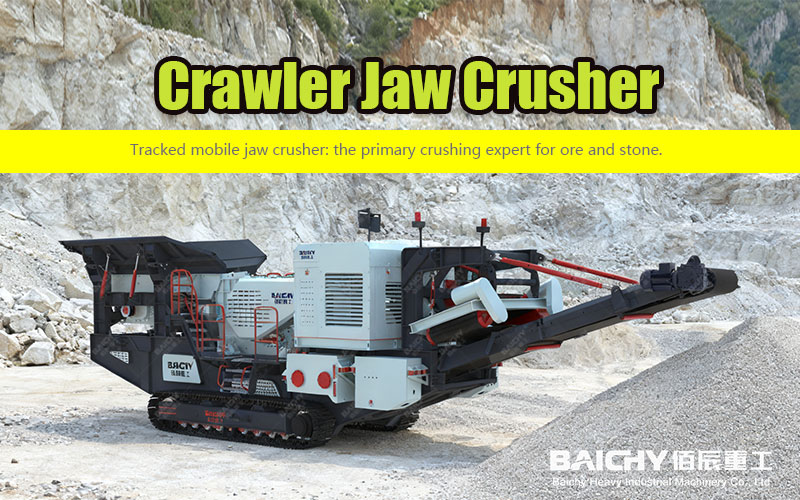In numerous industrial sectors such as building materials, casting, ceramics, and water treatment, the moisture content of sand and gravel directly determines the quality of finished products and production efficiency. A high-efficiency, stable industrial sand and gravel dryer is not only a guarantee for the production process but also a core piece of equipment for enterprises to reduce operating costs and enhance competitiveness.
This article will go beyond a basic introduction, taking you deep into the technical core of dryers and providing you with a scientific and practical selection and investment guide.
I. More Than Just "Drying": Understanding Modern Sand and Gravel Drying Systems
Modern industrial sand and gravel drying has long surpassed the simple concept of "heating to remove water." It is a complex system integrating thermodynamics, fluid mechanics, and automated control. Its core objective is to achieve maximum throughput and the most uniform drying effect with minimal energy consumption.

Core System Components:
1. Drying Unit: Typically a drum-type structure, it is the site where heat exchange occurs between the material and hot air.
2. Hot Air System: A device that provides a heat source, such as a gas/oil burner, a coal-fired hot air furnace, a steam heat exchanger, or an electric heater.
3. Feed/Discharge System: Ensures continuous, uniform, and sealed material transport.
4. Dust Removal System: Collects dust generated during the drying process, meeting environmental emission standards and is an essential component of green production.
5. Control System: Intelligent PLC control center monitors and adjusts parameters such as temperature, airflow, and rotation speed in real time to ensure process stability.

II. How to Choose the "Right" Dryer?
Five Key Decision Points Incorrect selection is the biggest cost waste. Please comprehensively evaluate from the following five dimensions:
1. Processing Capacity and Initial Moisture Content: This is fundamental to selection. Clearly define your daily/hourly processing capacity (tons) and the highest and average initial moisture content of the material. Manufacturers need this data to calculate the required heat and evaporation capacity of the dryer.
2. Heat Source Selection: Directly related to operating costs.
◦ Gas/Diesel: Clean, precise temperature control, higher operating costs.
◦ Coal/Biomass Pellets: Lowest operating costs, but requires supporting environmental protection equipment, increasing initial investment and regulatory costs.
◦ Steam/Electric Heating: Suitable for applications with abundant waste steam or electricity resources; environmentally friendly and pollution-free.
3. Equipment Type: Single-Cylinder vs. Three-Pass Dryer
◦ Single-Cylinder Dryer: Simple structure, easy maintenance, low investment cost, but relatively low thermal efficiency and large footprint.
◦ Three-Pass Dryer: The epitome of high efficiency and energy saving. Utilizing a "sleeve" design, the material undergoes heat exchange through three layers internally, resulting in extremely high heat utilization, good insulation, and a small footprint, making it the mainstream choice in the current market.
4. Materials and Processes: Determine Equipment Lifespan
◦ The cylinder material must be high-temperature resistant and wear-resistant. The layout design of the lifting plates directly affects the uniformity of material distribution and heat exchange efficiency.
5. Automation Level:
◦ Basic Type: Manual monitoring, cumbersome operation, and unstable results.
◦ Intelligent Type: PLC automatic temperature control, linkage control, and fault alarm. Although the initial investment is slightly higher, it can guarantee stable product quality in the long term and significantly save labor costs. III. Return on Investment Analysis: The Unseen Cost Savings are the Real Profit
The value of a high-quality, energy-efficient dryer extends far beyond its purchase price.
Consider the total lifecycle cost:
• Energy Savings: A high-efficiency three-pass dryer saves 30%-50% more energy than traditional equipment, resulting in substantial annual fuel savings.
• Stability Value: Reducing downtime ensures production progress and avoids greater order losses.
• Environmental Compliance: A high-quality dust removal system ensures emissions meet standards, avoiding environmental penalties and maintaining a positive corporate image.
Choosing a sand and gravel dryer is a highly technical investment decision. It should not merely be a "tool" to meet current production needs, but rather a "strategic partner" propelling the company towards efficient, green, and intelligent manufacturing.











